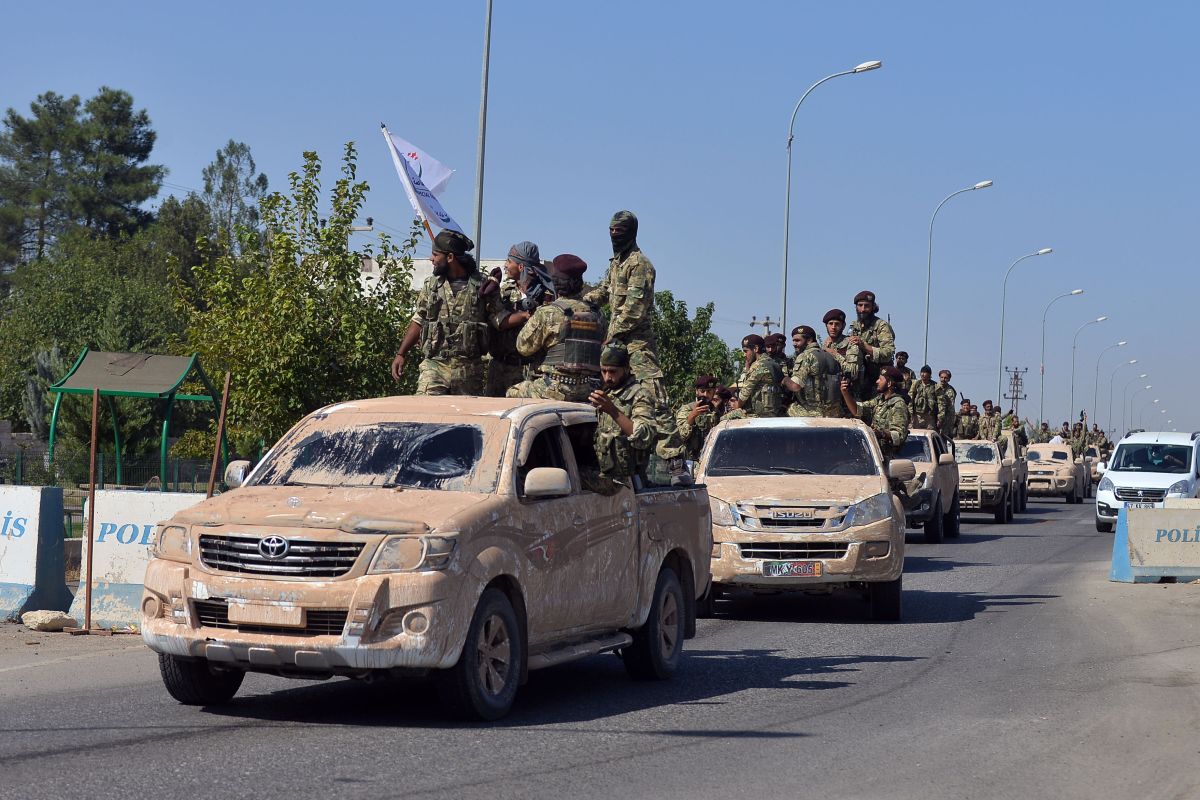The escalating conflict in northern Syria, with rebels breaching Aleppo and the Syrian government now intensifying counterattacks, underscores the cyclical nature of the country’s war. Once a symbol of government dominance following its decisive capture in 2016, Aleppo is again a battlefield in what appears to be one of the most significant challenges to President Bashar al-Assad’s regime in years. The rebels’ swift advance, compounded by a fractured response from the Syrian military, has reignited violence in a region long caught in geopolitical crossfire.
The intensified bombing of Idlib city by Russian and Syrian forces, following the rebel incursion into nearby Aleppo, reveals the toll such retaliation takes on civilians. Residential areas in Idlib, home to millions displaced by war, have been targeted, leaving death and destruction in their wake. The Syrian army claims its actions are aimed at insurgent strongholds, yet reports of civilian casualties and the devastation of infrastructure paint a grimmer reality.
Advertisement
This raises pressing concerns about the proportionality of the government’s response and its apparent indifference to human suffering in its pursuit of military advantage. The violence exacerbates the precarious situation for the millions of displaced people living in Idlib. Already burdened by inadequate shelter, scarce medical supplies, and dwindling food resources, these civilians now face relentless airstrikes that make survival even more tenuous. The lack of safe zones within the region leaves them trapped in a conflict they have no part in, amplifying the urgent need for international humanitarian intervention. For the rebels, capturing strategic areas like Sheikh Najjar and Khansir signifies intent to weaken the regime’s hold on Aleppo by targeting its supply routes.
This is no longer a mere skirmish but a calculated effort to shift the balance of power. However, the involvement of groups like Hayat Tahrir al-Sham complicates the narrative. While Turkey-backed factors contribute to the offensive, the prominence of a group designated as terrorist by multiple nations risks undermining international support for the opposition. This dynamic illustrates the blurred lines between legitimate resistance and extremist agendas in Syria’s fractured opposition landscape. The conflict also reflects the waning influence of President Assad’s key allies Russia and Iran. Russia’s focus on Ukraine and Iran’s preoccupations, including its proxy Hezbollah’s recent losses in Lebanon, have left the Syrian regime vulnerable.
The lack of immediate reinforcements from these allies allowed rebels to seize territory swiftly, exposing the fragility of Mr Assad’s military apparatus despite years of external backing. The humanitarian crisis, meanwhile, deepens. As civilians flee Aleppo and other areas, the region’s already overstretched aid systems are nearing collapse. The plight of those caught in the crossfire calls for urgent international attention. Yet global responses remain fragmented, hindered by competing geopolitical priorities and an absence of coordinated peace efforts. Without addressing the root causes of the conflict, including governance failures, and in the absence of viable political solutions, the cycle of insurgency and retaliation will persist
